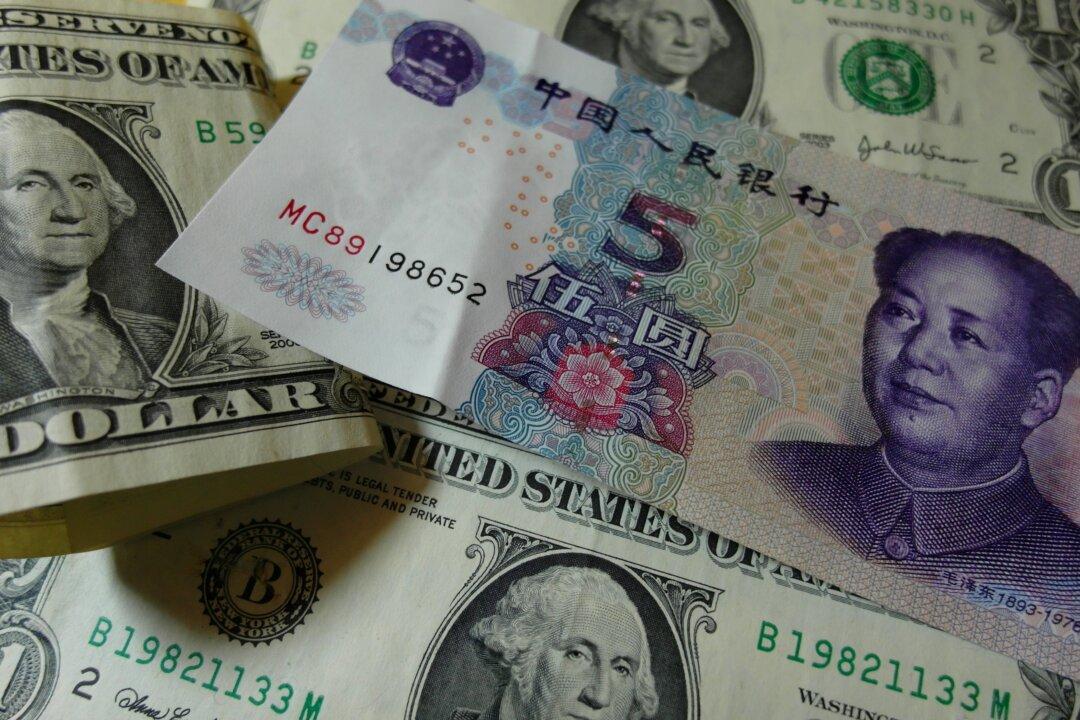It’s been a bit more than a week since China, the perceived bedrock of stability, shocked the markets and just let its currency fall by 3 percent in two days. Here is what happened, why it happened, and what the future holds.
What Happened?
China’s currency, the renminbi dropped roughly 3 percent against the dollar over the course of two days starting Aug. 11. Three percent isn’t really much, especially since other currencies such as the euro and the yen move by more, sometimes in a single day.
The main difference with China is that the currency is not freely traded. The People’s Bank of China (PBOC) officially sets a rate and allows trading to fluctuate 2 percent around that rate. Like this, the renminbi (yuan) was pegged to the dollar for 10 years and the PBOC let the yuan rise 21 percent over the period.





